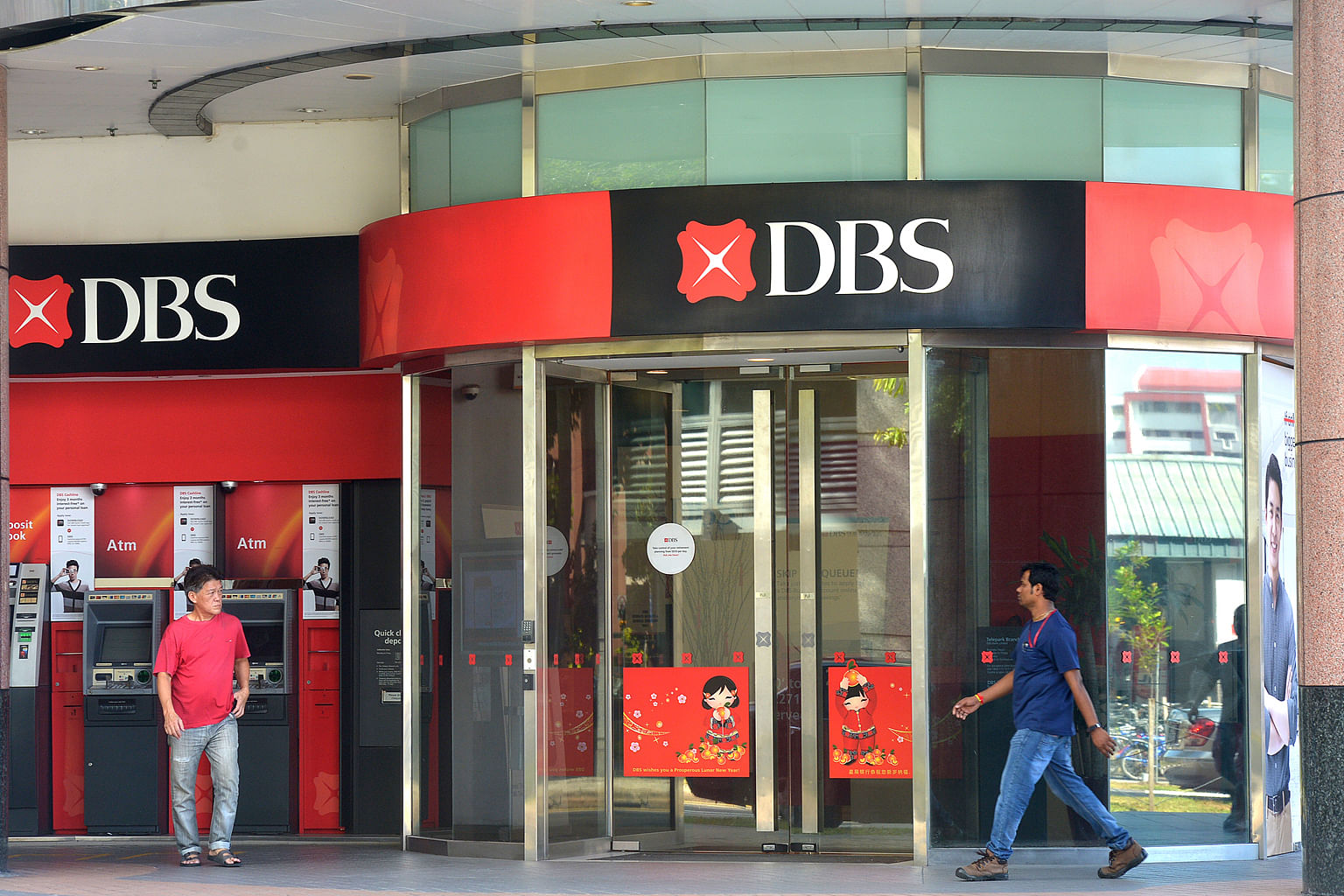In the words of Mr Jamie Dimon, the boss of JPMorgan Chase, the US banking giant's share price has done unbelievably well since the election of Mr Donald Trump as the next US president.
His sentiment is surely shared by the bosses of other lenders who have seen the prices of their shares skyrocketing in the past five weeks since the United States presidential elections.
JPMorgan's share price has shot up 16 per cent since Mr Trump's election. This is broadly in line with the 14 per cent gain made over the same period by US lenders which are component stocks of the widely watched S&P 500 Index.
Along with Wall Street, investors all over the world have cheered Mr Trump's victory in the hope that he will dismantle some of the extra regulations which have been hobbling banks since the global financial crisis eight years ago - and put an end to the rock bottom interest rates that have hurt lending margins.
The Trump effect has spilled over to Singapore where the run-up in the three local lenders - DBS Group Holdings, OCBC Bank and United Overseas Bank - has spearheaded the resurgence of institutional investors' interest in the local stock market.
That fund managers should now be falling head over heels in love with local bank shares again comes as vindication of sorts for market writers like me who had questioned the wisdom of the mindless sell-down these stocks suffered in February.


As recently as one month ago, it would have been tough to get the analyst community to put in a kind word for bank stocks. One analyst even described them as "dead money", given their tight range-bound stock prices. It raised the question as to whether they are value plays or value traps for investors, he added.
But the recent rally in bank shares has caused a change of heart. Rather than harp on the gloom and doom over the banks' exposure to the troubled oil and gas sector, and the softening Singapore economy, analysts have started singing a chirpier tune, focusing on the boost which an interest rate hike may give to the lenders' bottom line.
Still, it may take quite a lot of persuading to convince the occasional investor that the recent rally in bank stocks boils down to an improvement in their business outlook.
A better explanation can be found by following the flow of funds moving in and out of stocks.
If you track the global fund flows, you will notice nothing amiss. OCBC global fund flow update reports in the past four weeks show that there was a negligible net inflow of fresh funds to the Singapore stock market. This is confirmed by Singapore Exchange data which showed that institutional investors poured only a net $175 million into the market last month.
Indeed, a post-Trump world is supposed to fill investors in the Asia-Pacific region with anxiety, with a net US$204.3 million (S$292 million) flowing out of the region for the week ended Nov 30 - the fifth straight week an outflow has been recorded.
This trend reflects Mr Trump's protectionist campaign rhetoric and his pledge to roll back free-trade deals such as the Trans-Pacific Partnership.
But under the radar screen, a very different picture has emerged.
Since August, the SGX has rolled out an institutional monthly flow tracker report as part of the market information it offers the investing public. This report offers insights into how institutional investors are investing their funds into the various sectors in the local market.
Then in late October, it upped the ante by offering a weekly tracker report every Monday which tracks not only the investing patterns of institutional investors but retail investors as well.
And what a story the weekly reports have told as the banks rallied in the past four weeks.
The reports show that institutional investors bought a net $1 billion of Singapore bank stocks last month. This had, in turn, sparked off a widespread buying frenzy, drawing other investors into the fray.
Topping the buy list was runaway winner DBS which attracted a net $619.4 million in purchases. This was followed in distant second place by UOB, which attracted a net $243.6 million in purchases and OCBC, which netted $178.8 million in purchases.
Quite coincidentally, the gains made by these banks appear to be commensurate with the size of institutional purchases. For the period under review, DBS rose 17 per cent, while UOB gained 8.7 per cent and OCBC was up 7 per cent.
It is a big contrast from October when institutional investors were bearish on the local market, selling a net $552 million of shares that month. These included DBS, which recorded a net sell position of $87 million, and OCBC with a net sell position of $49.9 million. For the period, UOB registered a small net buy position of $50.6 million.
The week Mr Trump unexpectedly won the Nov 8 US presidential election, institutional investors snapped up a net $292.9 million of DBS shares, $87.6 million of UOB shares and $46.2 million of OCBC shares.
The same buying pattern was repeated in the next three weeks, with DBS consistently being featured as the top buy counter among institutional investors.
One other interesting observation to make is that while institutional investors have been making big purchasers of local bank shares, the three lenders have been listed as among the top sell counters among retail investors.
This phenomenon may be due to these investors taking profit on the positions they accumulated earlier this year when bank shares slumped to their lowest levels in years.
So who may be right in assessing how banks will perform in the months ahead? Going by the weekly fund flow data, it would appear there may still be some upside in banks, given the strong institutional buying interest in recent weeks.
This, again, is based on the widespread hope that the incoming Trump administration will prove to be more friendly to banks than has been the case under President Barack Obama.
But few traders are under any illusions. They know Mr Trump will face an enormous challenge ahead in carrying out his ambitious agenda of corporate tax cuts and huge infrastructural spending. But they hope this programme will reap beneficial effects for the global economy.
Given the uncertainties, retail investors may yet have the last laugh selling into this rally while it lasts. In the meantime, it will certainly be worth an investor's while to track the SGX's fund flow tracker report closely.

